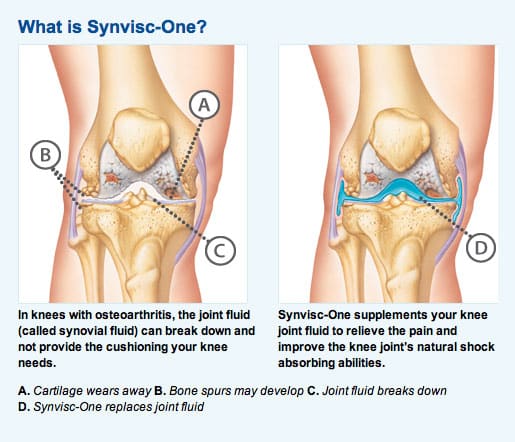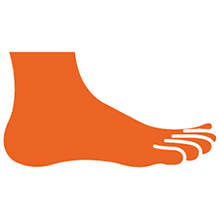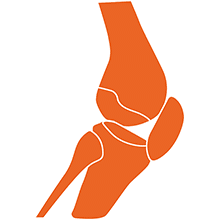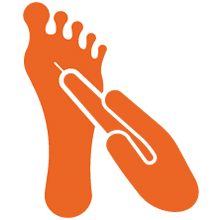What is Hyaluronic acid (Synvisc)?
Hyaluronic acid is a treatment for osteoarthritis (OA). It is a clear gel that is delivered by a small injection into the joint. It is made from a natural substance that lubricates the joint and may provide up to 6 months of osteoarthritis pain relief with one injection.
At Foot & Ankle Experts, we use the brand Synvisc.
Treatment with Synvisc (Hylan G-F 20) offers a safe and effective option for pain associated with osteoarthritis of the joints. More than simply relieving pain, Synvisc temporarily replaces and supplements the deteriorated synovial fluid in your lower limb joints with a naturally derived lubricant closely resembling the fluid in healthy young joints.
How Synvisc-One is administered?
Synvisc-One is a single injection. It’s a simple, in-clinic procedure that only takes a few minutes.
What you can expect following a Synvisc-One injection?
Synvisc-One can provide up to six months of osteoarthritis joint pain relief. Everyone responds differently, but in a medical study* patients experienced relief starting one month after the injection. After the injection, you can resume normal day-to-day activities, but you should avoid any strenuous activities for about 48 hours.
What are the side effects of Synvisc-One?
Most people tolerate Synvisc-One without too many problems. Occasionally, some people may have a synovitic reaction, causing pain and swelling in their joints for a few days. This can be treated with anti-inflammatory medication. It is important to alert your doctor if you have this reaction.
If you are allergic to products from birds- such as eggs, poultry and feathers please inform Dr Kim before hand as you may not be suitable for this treatment
Reference
Chevalier X, Jerosch J, Goupille P, et al. Single, intra-articular treatment with 6 ml hylan G-F 20 in patients symptomatic primary osteoarthritis of the knee; a randomised, multicentre, double-blind, placebo controlled trial. Ann Rheum Dis. 2010;69(1):113-119. doi:10.1136/ard.2008.094623.






